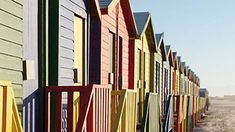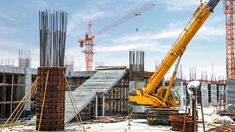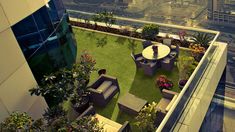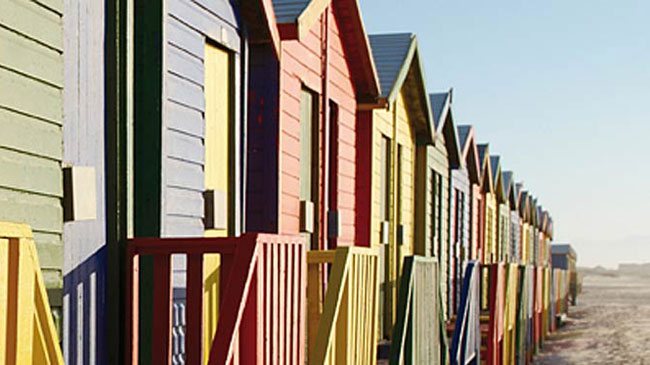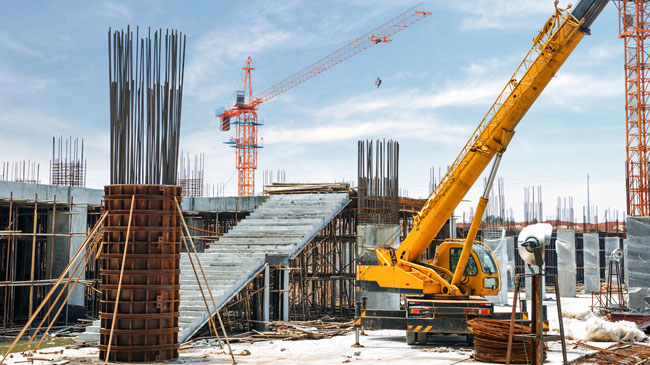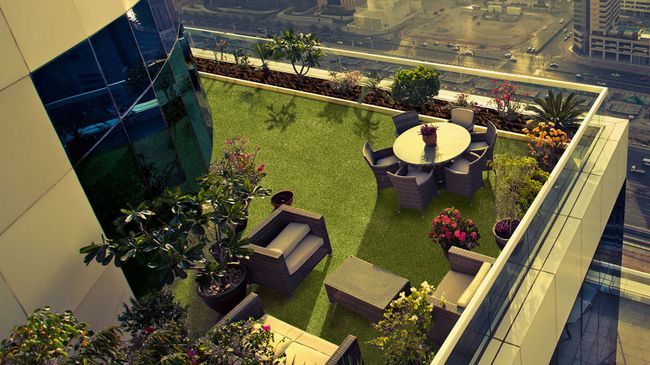LANXESS worldwide
Contact
Asia
EMEA

Reliable material protection
Reliable material protection using biocides – protection for paints and coatings
What are biocides?
- Biocides are active ingredients to protect materials against harmful microorganisms
- Biocides protect paints and coatings during storage and after application
- Exterior paints are exposed to significant weathering
- Interior paints are also susceptible to microorganisms as a result of heat insulation and damp conditions e.g in bathrooms
- During storage, unpreserved paints and coatings may be degraded by microorganisms
- This decomposition may result in loss of important paint properties like viscosity, wall adhesion and spreadability
Reliable material protection using biocides – preservation in the construction industry
What is meant by preservation of construction materials?
- Preservation helps to extend the service life of microbiologically vulnerable materials and thus aids sustainability. Why is preservation necessary?
- Biocides protect materials from being degraded by microorganisms, e.g:
- Concrete additives: these contain natural raw materials that degrade quickly without the addition of biocides
- Plasterboard: this may be affected by mold due to moisture or air-conditioning systems in indoor areas
Reliable material protection against root penetration – roof treatment
- Protecting roofing materials against aging-accelerating sunlight and temperature fluctuations
- Reducing a building’s energy consumption – heat-resistant/cooling through evaporation in summer, insulating in winter
- Improving airborne sound insulation
- Reduction of sealed, surfaced areas – easing pressure on urban wastewater treatment plants by retaining rainwater
- Improving air quality by separating out and fixing fine dust
- Reducing the “urban heat island” effect*
- Creating near-natural living space
* The “urban heat island” effect results in the warming of an urban area relative to the surrounding area. This is partly because concrete, asphalt areas etc. in cities heat up more than natural spaces in the surrounding area.
- Gallery
- Gallery
- Gallery
